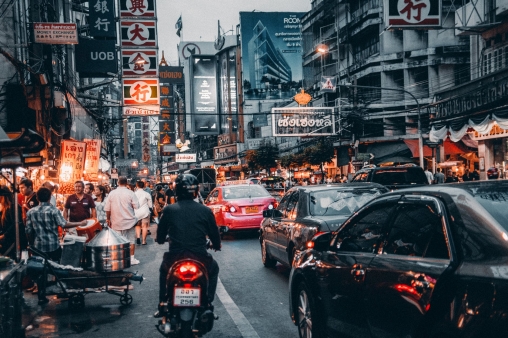
ASEAN lenders on the defense amidst oil volatility, COVID-19
Falling visibility is evident despite lower prices and stimulus measures.
ASEAN banks will stay defensive as the dual demand and supply shock from COVID-19 and the end of the OPEC+ alliance spurred market unpredictability, with Thai lenders having the highest exposure to oil & gas (O&G), a Maybank Kim Eng report revealed.
Whilst lower oil prices for Thailand and the Philippines, and stimulus measures in Malaysia and Singapore should soften the effects, falling visibility cannot be ignored, analysts said.
Thailand’s banking sector has the highest exposure with 5% of lending to the O&G sector whilst Vietnam has the least given domestic players’ partiality to overseas USD funding. The rest of the region fall somewhere in the middle from 1-3%. Provisions are already in place for Malaysia and Singapore who were significantly exposed to the 2017 offshore and marine (O&M) crisis.
A fall in oil prices should have a positive GDP effect for Thailand and the Philippines and limited impact in Indonesia and Singapore. Malaysia will be adversely impacted as it is a net energy exporter, analysts said.
However, overall systematic asset quality risks for the region’s lenders are relatively better than in earlier cycles given earlier COVID stimulus packages and the IFRS9 standards adopted by most banks, they added.
Photo courtesy of Pexels.com.






















 Advertise
Advertise








